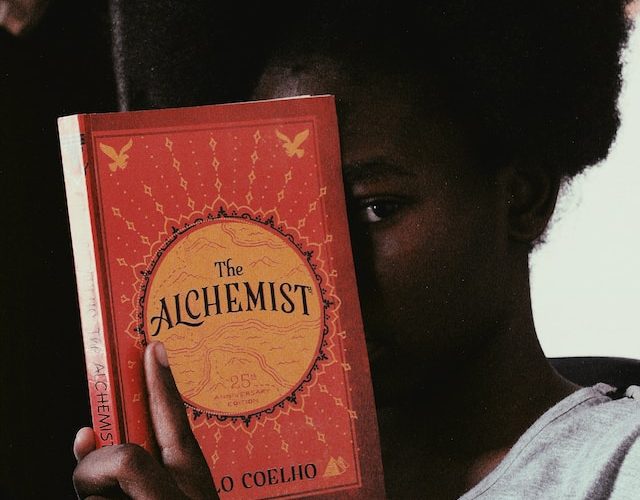Introduction:
Storytelling has been an integral part of human culture since ancient times. Before the advent of the printing press, stories were primarily passed down through oral tradition. These tales, often filled with mythical creatures, heroic deeds, and moral lessons, captivated audiences and shaped the early forms of fiction. In this article, we will explore the transition from oral storytelling to the printing press and how it revolutionized the dissemination of fiction.
1. The Power of Oral Storytelling:
Oral storytelling was the primary means of sharing stories in ancient civilizations. Griots in Africa, bards in Europe, and shamans in indigenous cultures all played crucial roles in preserving and transmitting tales from one generation to another. These stories were not only a form of entertainment but also served as a means of preserving cultural heritage and passing down knowledge.
2. Folklore and Mythology:
Many early forms of fiction were rooted in folklore and mythology. These stories often explained natural phenomena, taught moral lessons, and provided a sense of identity and belonging. Examples include Greek myths, Norse sagas, and African folktales. The oral tradition allowed for flexibility and improvisation, enabling storytellers to adapt the tales to suit their audience and cultural context.
3. The Rise of Written Fiction:
The invention of writing systems marked a significant shift in the way stories were preserved and shared. Ancient civilizations such as the Sumerians, Egyptians, and Chinese developed writing systems that allowed for the recording of stories on various mediums, including clay tablets, papyrus scrolls, and bamboo strips. This transition from oral to written storytelling laid the foundation for the future development of fiction.
4. Manuscripts and Illuminated Texts:
During the Middle Ages, handwritten manuscripts became the primary medium for preserving and disseminating fiction. Monks and scribes meticulously copied and illustrated texts, often embellishing them with intricate designs and illuminations. These manuscripts were labor-intensive and expensive, limiting their availability to a select few. Nonetheless, they played a crucial role in preserving early works of fiction.
5. The Printing Press Revolution:
The invention of the printing press by Johannes Gutenberg in the 15th century revolutionized the world of fiction. With the ability to mass-produce books, stories could now reach a wider audience. The printing press democratized access to literature, making fiction more accessible to the general public. This led to the rise of the novel as a popular form of fiction, with authors like Miguel de Cervantes and Jane Austen gaining widespread recognition.
Conclusion:
The transition from oral storytelling to the printing press marked a significant milestone in the evolution of fiction. While oral tradition allowed for flexibility and adaptation, the printing press revolutionized the dissemination of stories, making them accessible to a broader audience. Today, we continue to enjoy the fruits of this evolution, with fiction taking various forms, from books to movies to digital media. The journey from oral storytelling to the printing press has shaped the rich tapestry of fiction that we have today.












